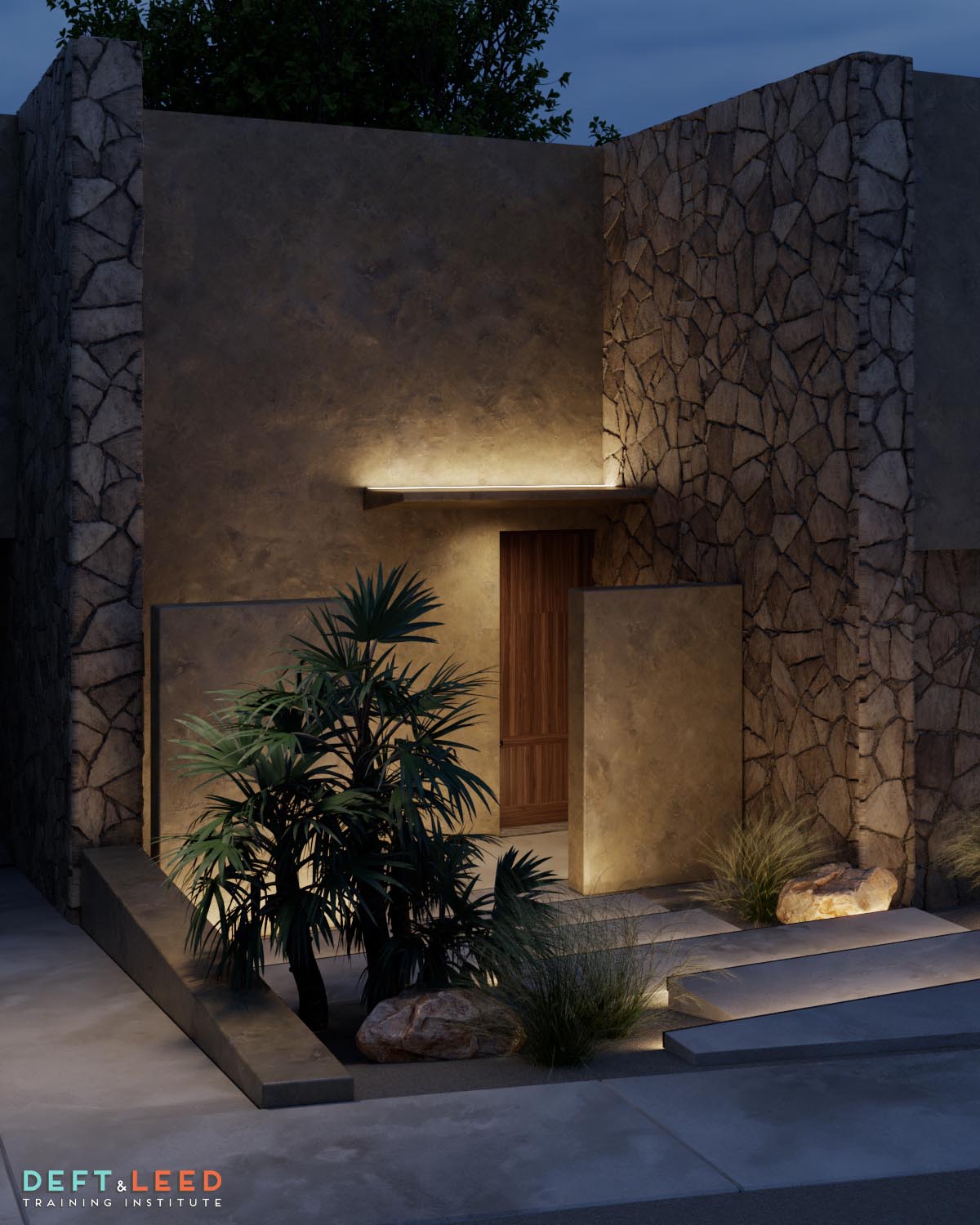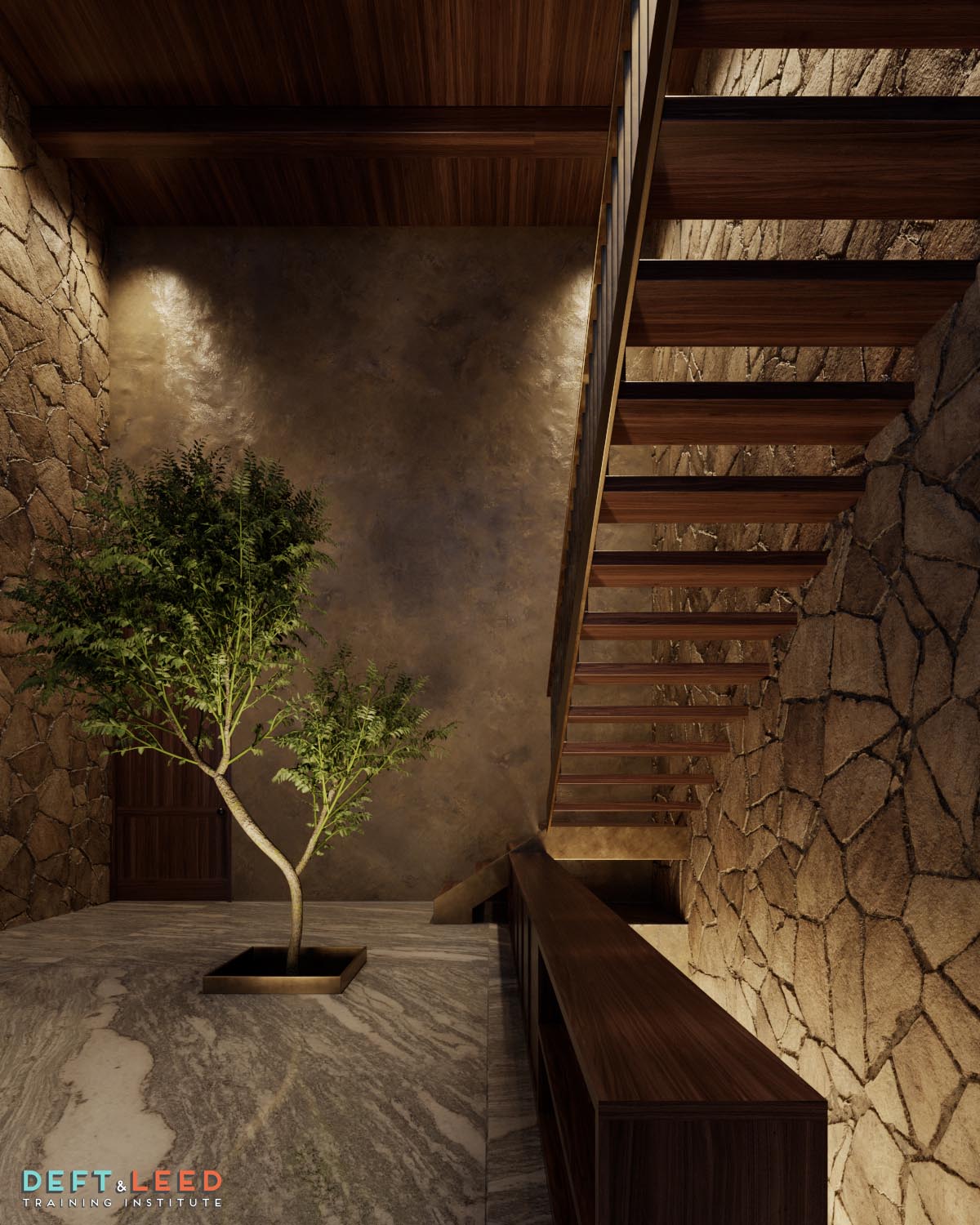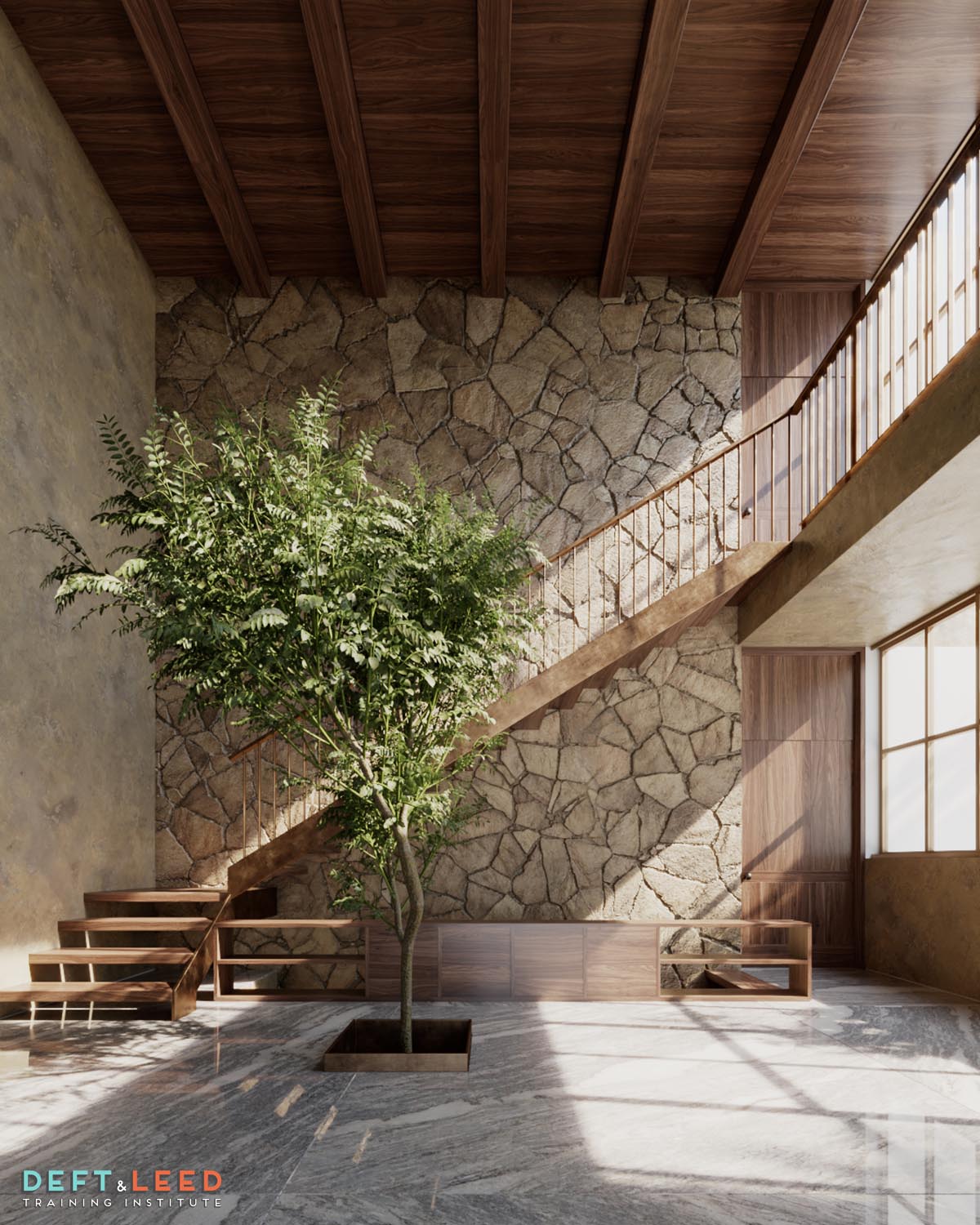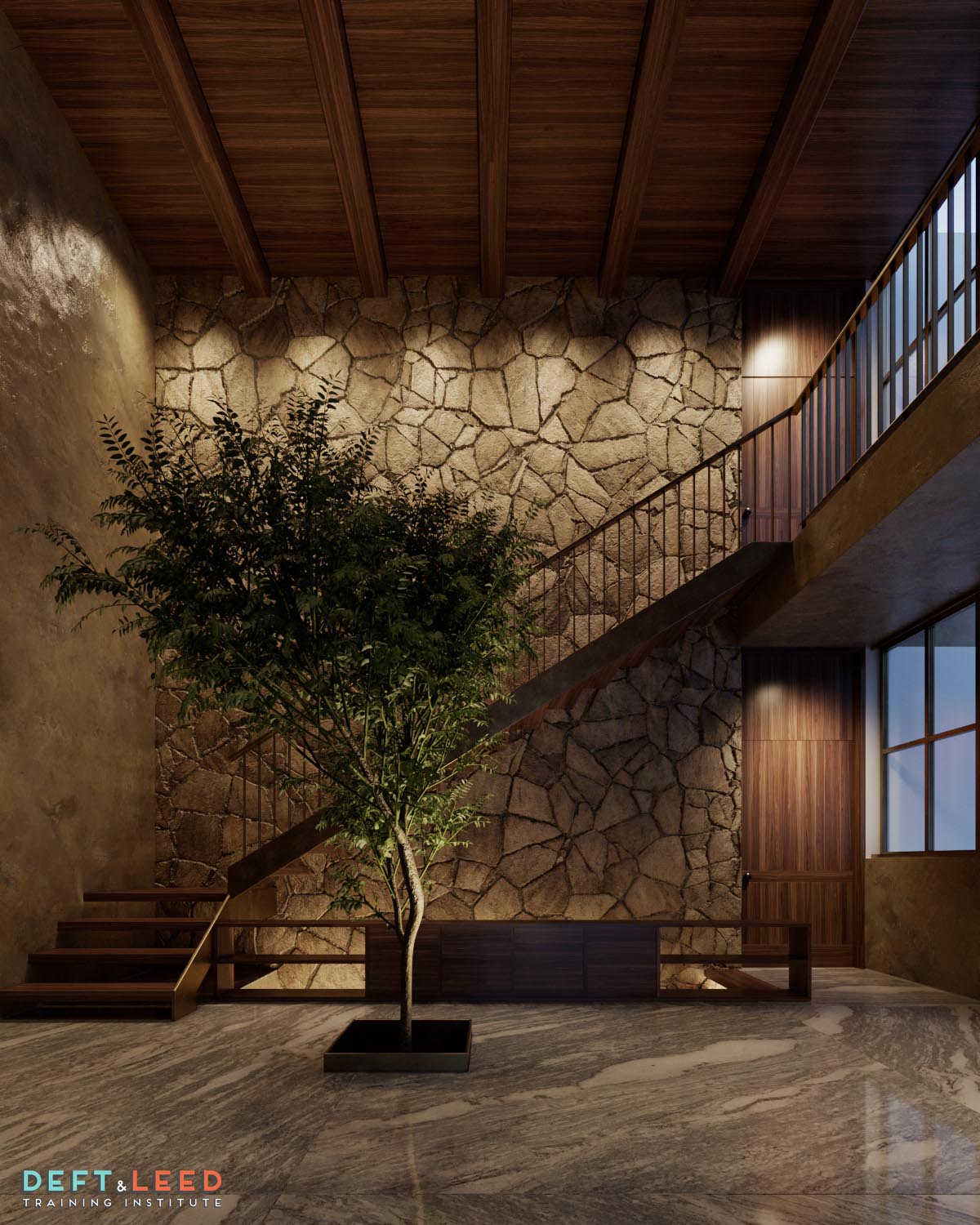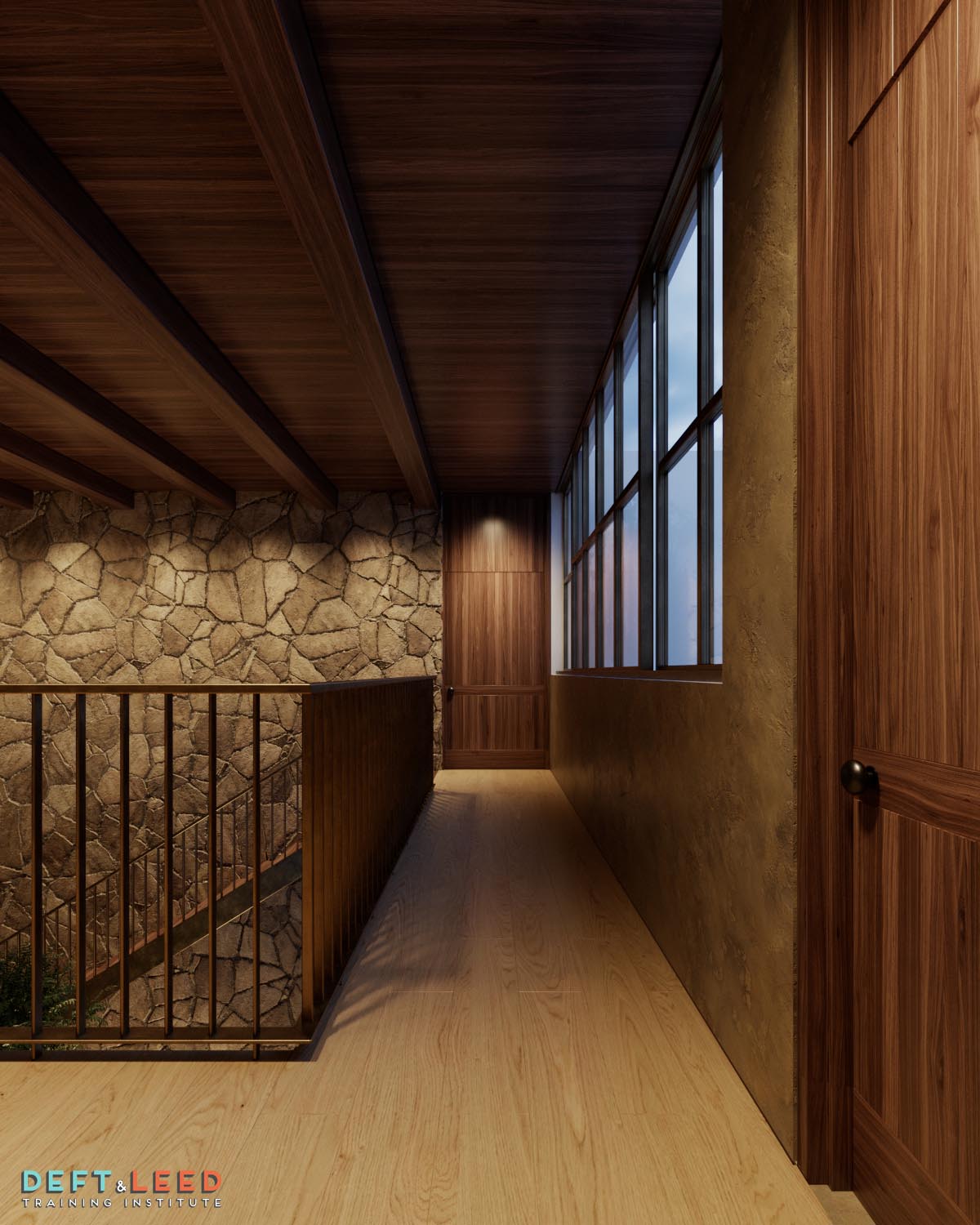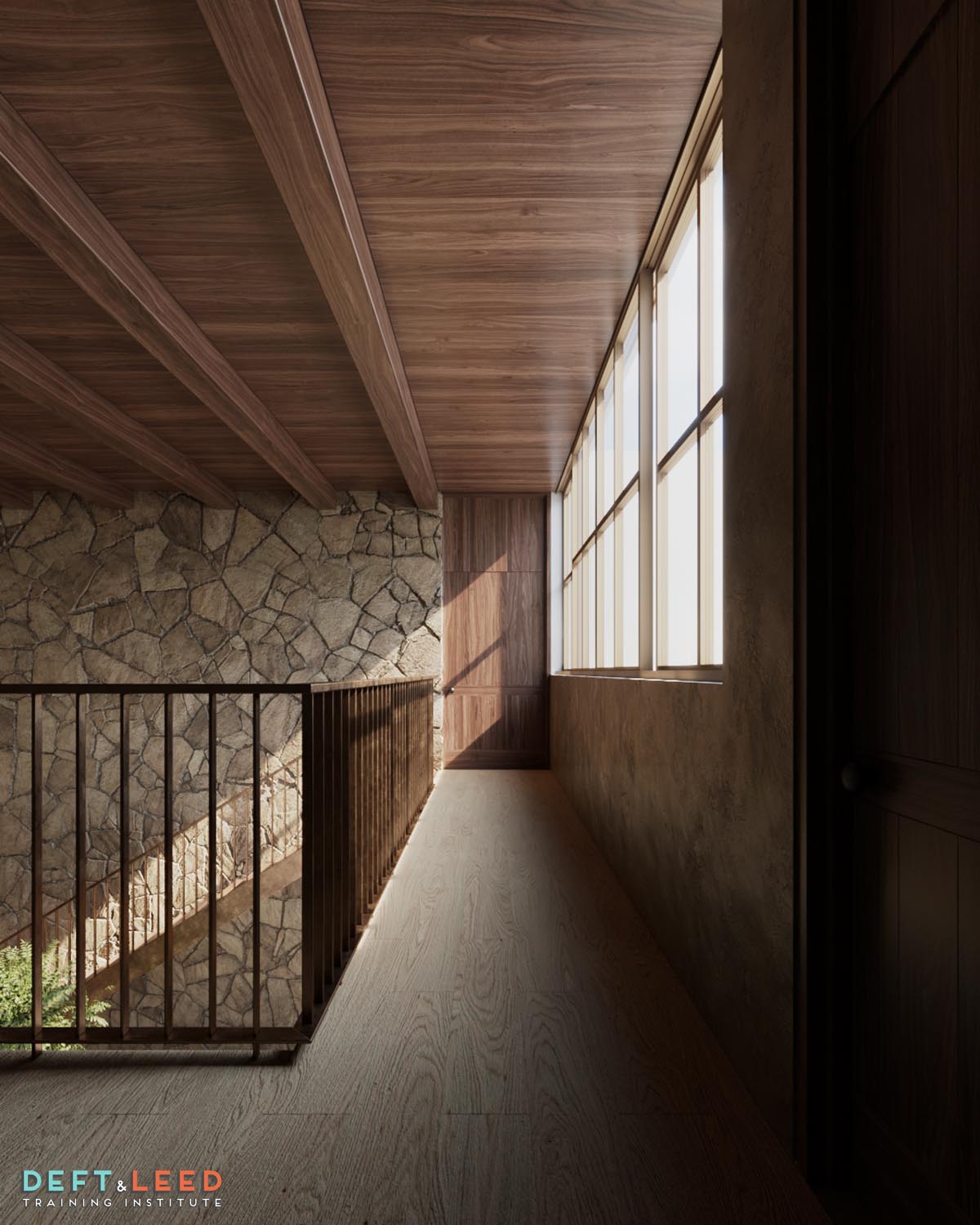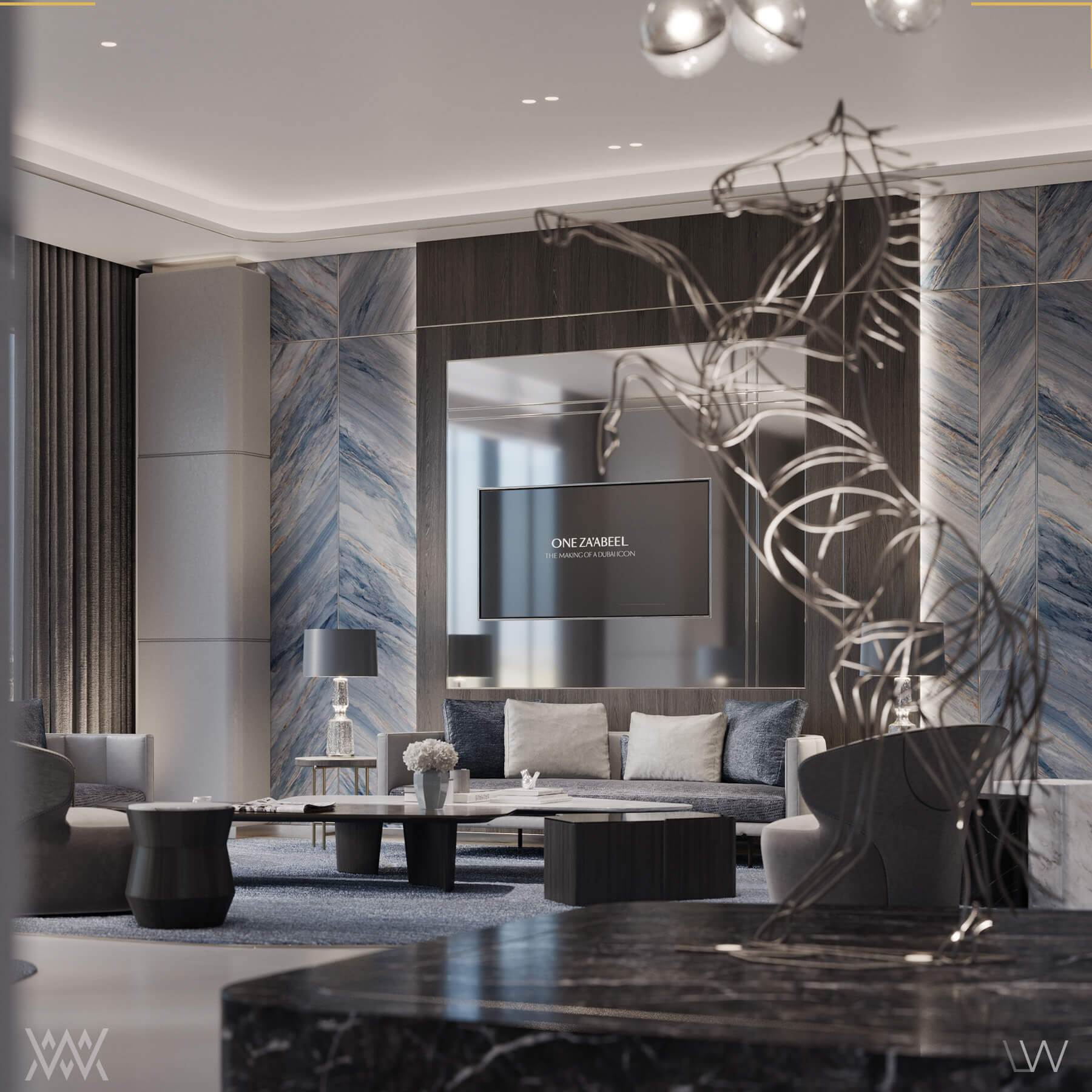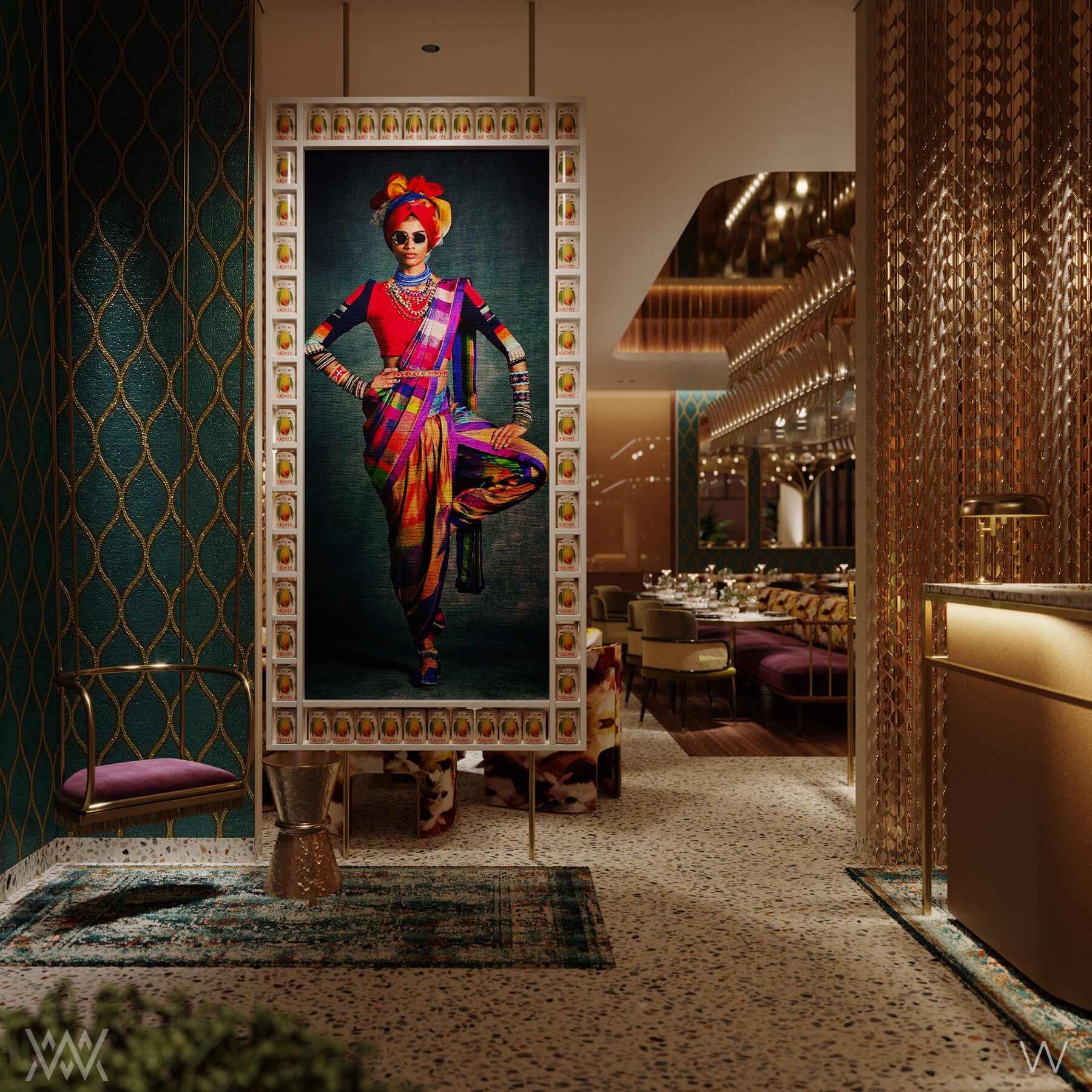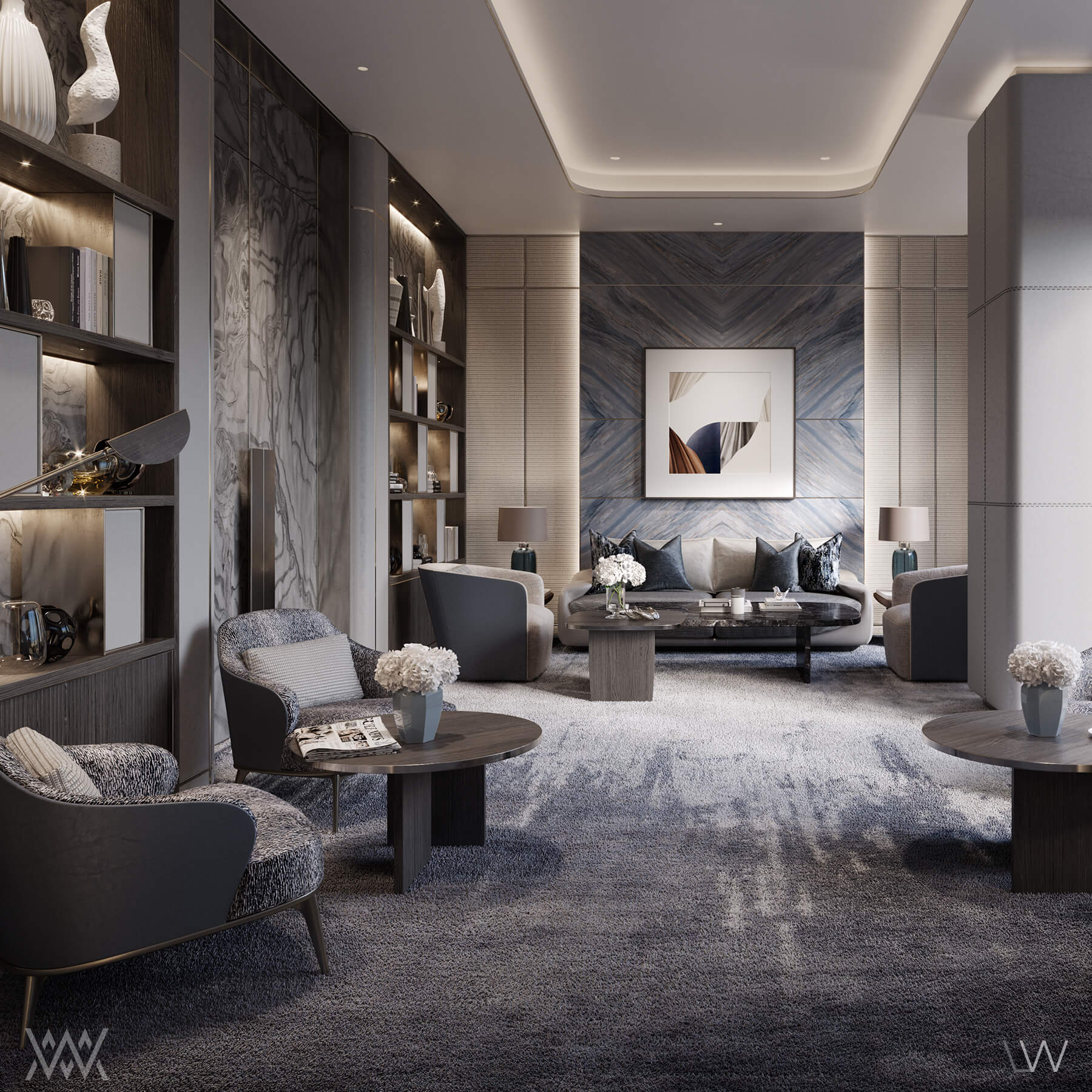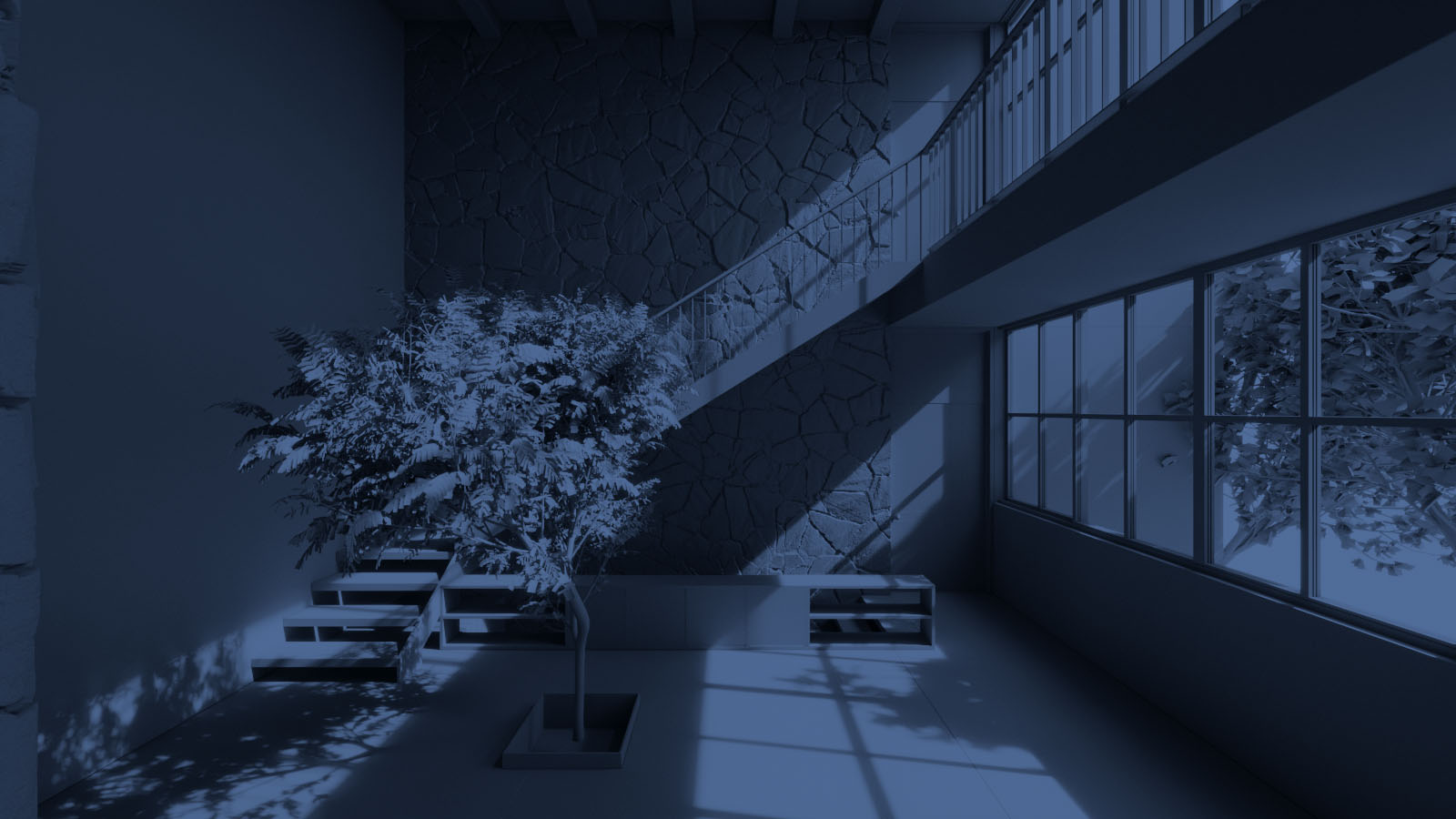

TAKE TOTAL CONTROL OF YOUR RHINO RENDERINGS
Eliminate the guesswork and endless YouTube tutorials – Learn from an industry expert instead and meet those deadlines by learning the critical workflows for mastering V-Ray in Rhino



CREATE MATERIALS USING PBR WORKFLOWS
Workshop projects are designed to demystify the PBR approach (Physically Based Rendering) for V-Ray material generation. You will understand the hierarchy of maps inside a material so you can generate custom materials, edit pre-existing library materials, and customize them to your needs.
DAY AND NIGHT VIEW LIGHTING SETUPS
Learn to use and customize the V-Ray sun and sky systems, quick HDRI-based lighting models, and evening lighting setups using a photographic approach. Learn to balance light and shadows, exposure, F-Number, and optimal usage of Tone Mapping to bring life to your renders.
BECOME FRIENDS WITH RENDER ELEMENTS
Learn the workflow for exporting render elements and compiling them in Photoshop to maximize their utility as a post-production tool. Edit individual materials, reflections, shadows, and even light intensities entirely in Photoshop. A vital skill for students of architecture and interior design to meet those pressing deadlines!



WORKSHOP OUTLINE
SESSION 1
THE BASICS + DAYLIGHT SETUPS
Creating and saving a custom template in Rhino – Selecting appropriate units, customizing grid line count and size, modifying Mesh display options, setting up Modeling Aids (Nudge tools), and customizing Display Modes
Overview of the V-Ray Asset Editor
Overview of the V-Ray Frame Buffer
Daylight Lighting Method 1: V-Ray Sun & Sky
Workflows for utilizing Interactive Rendering mode and V-Ray Vision for setting up Sun positioning / shadow studies
Utilizing Advanced Camera Parameters for exposure adjustments
Understanding Tone Mapping for fixing lighting “hot spots” and enhancing shadows / contrast
Daylight Lighting Method 2: HDR images and the V-Ray Dome Light
SESSION 2
ALL ABOUT MATERIALS
Overview of the PBR Materials workflow – Diffuse, Roughness, Normal, and Metalness
Understanding Texture Mapping and UVW coordinates. Setting up UVW mapping to control mapping size, direction, and tiling repetition
Utilizing Mapping Sources for randomizing texture placement and eliminate repeating patterns in textures
Edge Softening methods for enhancing the appearance of metallic materials
Understand Displacement mapping settings for optimized rendering speed
Workflows for creating custom Metal, Glass, Concrete, Plaster, Stone, Marble, and Timber materials
SESSION 3
NIGHT VIEWS + RENDER SETUPS
Overview of the V-Ray Rectangular, Spherical, and Spotlight types
Night View Lighting – using the V-Ray Rectangular and Spherical lights for creating directional and ambient lighting effects
Mesh Lighting – Converting surfaces into light emitting surfaces
Overview of Render Settings: choosing appropriate quality presets to balance render time and quality
SESSION 4
RENDER ELEMETNS + PHOTOSHOP
Workflows for saving renders in high-bit depth file formats for editing in Photoshop
Understanding the various Material ID render elements, and selecting the necessary render elements for re-compositing the original render in Photoshop
Compositing techniques in Photoshop – Creating a layer stack for controlling diffuse, reflectivity, and other properties of individual materials, in addition to light level adjustments
WHO IS IT FOR?
ARCHITECTURE AND INTERIOR DESIGN STUDENTS
We created this workshop because students of design repeatedly requested it! Many students feel that their models are not effectively represented due to their struggle with V-Ray, and we therefore designed this workshop specifically to address those requests
JUST SHOW UP AND LEARN!
Students will be provided with a reference manual containing notes on all tools covered during the various sessions. Laptops with pre-installed Rhino and V-Ray are provided as well!


STUDENT TESTIMONIALS




The workshop was extremely helpful and informative and allowed me to move past linear extrusions, giving me the skills needed to finally start designing more organic architectural forms! Prior to this workshop, I have been held back in terms of modeling, but now that I’ve learned about Rhino’s curves, surfaces, and subdivision modeling tools, I now feel more confident in my digital modeling skills.
Meera Lootah
Architecture Student, AUS




The Rhino intermediate to advanced modelling workshop helped me utilise many tools that I have not previously used on Rhino and gave me a good start on how to use them. I also learnt more about tools I used previously. The workshop contained alot of information but is well taught step by step with a patient instructor. From the outcome of the workshop and the final process or renderings, I now feel more rewarded and confident in using previously known as well as new tools on Rhino for me.
Soha Abdalgawad
Architecture Student, AUS




The workshop was really nice and effective in teaching me how to deal with parametric designs. This was my first time learning this kind of organic modeling, and thankfully the course went very smoothly. The instructions were easy to follow.
Habiba Mohamed
Architecture Student, AUS
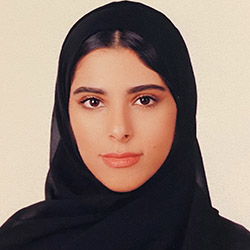

The workshop was very helpful in terms of modeling organic architecture, I’ve always been stuck on creating linear geometry but this workshop pushed me in creating different kinds of curves and surfaces that i could implement in my future design and coursework.
Sherina Al Thani
Architecture Student, AUS


This workshop was very helpful in teaching me how to model organically as I had no prior experience in non-linear extrusions but felt like it was time to learn! The content was explained smoothly and the many projects helped build progressively on the commands learnt, now I’m excited to incorporate more curves and smooth surfaces in my future work.
Yara Soliman
Architecture Student, AUS



instructor


Wasay Ahmad
For 15 years, Wasay has provided visualization services to architects and interior designers in Dubai – as a Team Lead who helped set up a boutique rendering firm, as a freelancer with Dubai Media City, and since 2014 as Founder and Lead Artist of AWA Design – an architectural visualization firm providing high-end rendering services to interior designers and architects.
instructor's portfolio
Visit awa-design.com for the instructor's complete professional portfolio



SCHEDULE
More workshops are being scheduled, so please check back in few days. Or get in touch with us to stay updated on the schedule
ONE-TO-ONE CONSULTATION
PLEASE NOTE: THIS WORKSHOP IS ALSO AVAILABLE AS A ONE-TO-ONE CONSULTATION.
IF THAT INTERESTS YOU, PLEASE GET IN TOUCH WITH US THROUGH WHATSAPP, OR VISIT OUR INSTAGRAM PAGE BY CLICKING HERE TO SEND US A MESSAGE.



frequently asked questions
Who is this workshop meant for?
This workshop has been designed specifically for university students studying architecture or interior design.
However, it is open to working professionals of any field, university students studying other disciplines, high school students, or anyone that has an interest in exploring the field of 3D rendering with a focus on architectural visualization.
Are there any special requirements to attend this workshop? Do I need to bring my own laptop / computer?
Basic familiarity with the Rhino interface and V-Ray toolset is necessary to attend this workshop.
All computer / hardware requirements will be fulfilled by DEFT & LEED. We will provide each student with their own workstation that has all the necessary software pre-installed on it. The student will be able to use the workstation during each session of the workshop.
Will I be supplied with any support material upon completion of this workshop?
Upon completion of the full workshop, students will be provided with a reference manual containing notes on all tools covered during the various sessions. The source files of all workshop projects will be supplied to you upon completion of the workshop.
Where will the workshop be held?
The workshop will be held at the Blue Bay Tower in Business Bay, Dubai:
Blue Bay Tower is a 5-minute drive or 20-minute walk from the Business Bay Metro Station. Paid parking is available in the building parking lot (visitor’s section). A public parking lot is situated next to the building as well.
Should COVID 19 restrictions grow stricter in the future, we are prepared to use online-only platforms for training and will notify registrants through email prior to the commencement of any such training.
When and how do I pay?
Fees must be paid in full during the registration process.
Students can pay the fee via online credit card payment or bank transfer.
If you choose to pay through bank transfer, you will be sent an email containing an invoice with bank account details. Instructions will be provided in the email.
What is your payment / refund policy?
Refunds will be provided under the following conditions:
- If the client submits a request for cancellation at least 72 hours prior to the date of commencement of the workshop, a full refund of the fees will be made.
- If the client submits a request for cancellation at least 24 hours prior to the commencement of the workshop, 50% of the fees will be refunded.
However, if the client submits a request for cancellation at any time after the commencement of a workshop, no refunds will be made.
In all scenarios, a written written request for cancellation must be submitted. Submit this cancellation request via Whatsapp or by email to info@deftandleed.com.
No refunds will be made for registrants who fail to turn up for the first session and have not submitted a formal written request for cancellation.
Refunds will be made onto the original mode of payment and will be processed within 10 to 45 days depends on the issuing bank of the credit card.
Couldn’t find the answer you’re looking for? Check out our complete FAQ Guide or Get in touch directly

